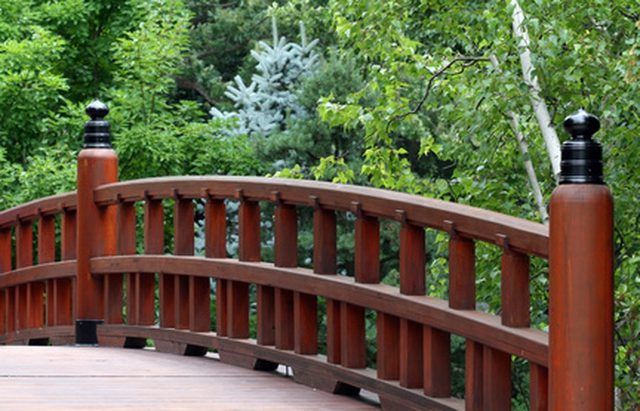Bulbs
Flower Basics
Flower Beds & Specialty Gardens
Flower Garden
Garden Furniture
Garden Gnomes
Garden Seeds
Garden Sheds
Garden Statues
Garden Tools & Supplies
Gardening Basics
Green & Organic
Groundcovers & Vines
Growing Annuals
Growing Basil
Growing Beans
Growing Berries
Growing Blueberries
Growing Cactus
Growing Corn
Growing Cotton
Growing Edibles
Growing Flowers
Growing Garlic
Growing Grapes
Growing Grass
Growing Herbs
Growing Jasmine
Growing Mint
Growing Mushrooms
Orchids
Growing Peanuts
Growing Perennials
Growing Plants
Growing Rosemary
Growing Roses
Growing Strawberries
Growing Sunflowers
Growing Thyme
Growing Tomatoes
Growing Tulips
Growing Vegetables
Herb Basics
Herb Garden
Indoor Growing
Landscaping Basics
Landscaping Patios
Landscaping Plants
Landscaping Shrubs
Landscaping Trees
Landscaping Walks & Pathways
Lawn Basics
Lawn Maintenance
Lawn Mowers
Lawn Ornaments
Lawn Planting
Lawn Tools
Outdoor Growing
Overall Landscape Planning
Pests, Weeds & Problems
Plant Basics
Rock Garden
Rose Garden
Shrubs
Soil
Specialty Gardens
Trees
Vegetable Garden
Yard Maintenance
Mahogany Wood Facts
Mahogany Wood Facts. Mahogany trees grow in tropical climates, primarily in Central America, Africa and the Philippines. Each location produces a different sub-species of mahogany with different characteristics. Due to its superior qualities for shipbuilding, fine furniture and musical instruments, the mahogany tree has been cut to excess for...

Mahogany trees grow in tropical climates, primarily in Central America, Africa and the Philippines. Each location produces a different sub-species of mahogany with different characteristics. Due to its superior qualities for shipbuilding, fine furniture and musical instruments, the mahogany tree has been cut to excess for hundreds of years, and is now endangered everywhere and extinct in a few locations.
Mahogany Trees
Mahogany trees can grow up to 150 feet in height and exhibit large, buttressed trunks. The trunk buttresses evolved to keep the trees upright; because they grow in tropical soils, their roots are not very deep and they are subject to toppling in high winds. Mahogany trees are an integral part of tropical forest ecosystems and provide habitat for thousands of species of insects, bromeliads (flowering plants that grow in trees), birds and mammals.
Qualities of Mahogany
Mahogany is a dense, heavy wood with an open grain and a dark reddish appearance. It planes, sands and takes a finish very well, and is highly prized by fine craftspeople. Due to its straight grain, mahogany is less prone to warping and bending than many woods. Due to its quality and increasing rarity, mahogany is an increasingly expensive wood.
Politics of Mahogany
Due to the role of the mahogany trade in the destruction of tropical rain forests, there is increasing controversy surrounding the cutting, buying and selling of it. There are an increasing number of companies and individuals starting plantations where mahogany trees are grown, in order to supply the demand for the lumber without the need to destroy the forests. In addition to the mahogany trees that are cut, many secondary trees are damaged or destroyed in the process of removing a single mahogany tree.
Uses of Mahogany
Mahogany is a highly versatile wood. Historically, when it was in plentiful supply, entire ships would be built of it. Shipbuilders favored mahogany due to its stability and its resistance to rot. Mahogany is also used for turning of balusters and decorative posts, musical instrument components such as guitar backs and sides, fine furniture, mosaics, inlays and decorative carving.
Future of Mahogany
If the current rate of destruction of tropical forests is not slowed or halted, within a few decades only plantation mahogany will be commercially available. As plantation trees are faster-growing, their grain is different than old-growth mahogany and thus domestic lumber is not as highly prized. Alternative materials are increasingly being used for applications that were traditionally filled by mahogany.